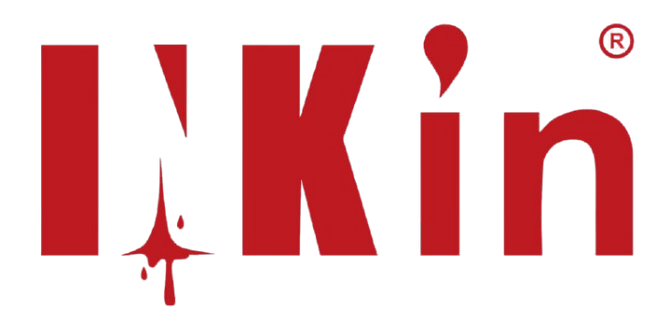Adjustable stroke tattoo machines have revolutionized the tattooing game, giving artists unprecedented control and versatility with a single machine. But what exactly is an adjustable stroke tattoo machine?
What is tattoo machine stroke?
The stroke or “throw” of a tattoo machine is no small matter. It’s the make-or-break factor when it comes to your ink application. Get that stroke length dialed in just right, and you’re golden — your shading will be as smooth as a baby’s bottom, and your lines will be crisper than a freshly ironed shirt.
A tattoo machine’s stroke, or “throw,” is the distance the armature bar travels from its most upright position to its most down position. In rotary tattoo machines, the stroke refers to the amount of travel required for one rotation. The further the bearing is away from the center of the cam, the longer the stroke.
When to use different strokes?
Shorter stroke (1.8-2.5mm) is good for applying soft black and grey. This style often requires multiple passes to build up layers of ink. The softer-hitting stroke allows you to create these layered, smooth blends without chewing out the skin. A short stroke cannot be used for lining. It won’t have the power to push the lines properly, and if you set the needle too deep it will not fully retract into the tube each cycle. This prevents the needle being replenished with the tube tip’s ink, which makes getting solid lines in a single pass almost impossible. Additionally, lining requires the needle to hang farther out of the tube (for improved accuracy), which you can’t do with a short stroke. This leads to ink pooling on the skin and covering up the stencil.
Medium stroke (3.0mm-3.5mm) is best for blending. A medium stroke has enough power for lining with smaller needle groupings, but it will struggle with larger ones. You can also do some black and grey (but not ultra-smooth portraits that require several passes).
Longer stroke (4.0+mm) is typically only used for packing color and lining, as it packs in ink with hard-hitting strokes. It can push large needle groups into the skin with ease, and allows you to hang the needle farther out of the tip, which provides greater accuracy when you’re lining. However, this quality makes it a bad choice for shading, which requires multiple passes. Longer strokes make it nearly impossible to get smooth blends, and the multiple passes shading requires will over work the skin and possibly leave scarring.
Let’s break down the advantages and disadvantages of different stroke lengths.
Short Strokes


Medium Strokes


Long Strokes


Practical Tips for Artists
Experiment with Different Strokes: Don’t stick to one stroke length. Experiment to see what works best for different styles and techniques.
Adjust on the Fly: If you have an adjustable machine, make use of it. Adapt your stroke length based on the client’s skin and the type of tattoo.
Monitor Skin Reaction: Pay close attention to how the skin reacts. Adjust your technique if you notice excessive trauma or slow healing.
Why is machine stroke important?
The machine stroke determines:
How hard the machine hits. (A longer stroke gives the needle more momentum because it travels a longer distance in each up and down motion of the needle bar (coil tattoo machine) or cam wheel (rotary tattoo machine). This gives the machine more power, allowing you to use larger needle groupings more easily. However, increased power causes more trauma to the skin.)
How fast the needle moves. (How quickly the needle moves in and out of the tip.)
Your max needle depth. (A short stroke limits how far your needles can stick out. The needle’s depth must be short enough so that it is able to reach the ink inside the tube’s tip in each up-and-down motion.

Final Thoughts
Tattooing isn’t just about having a steady hand and a good eye; it’s also about mastering your equipment. The stroke length of your tattoo machine is a fundamental aspect that can make or break your tattoo.
It doesn’t matter if you’re going for fine shading or bold lines, understanding and adjusting your stroke length is key to delivering top-notch work. Next time you pick up your machine, remember: the devil is in the details.
Pay attention to your stroke, and you’ll see a significant difference in your work.


